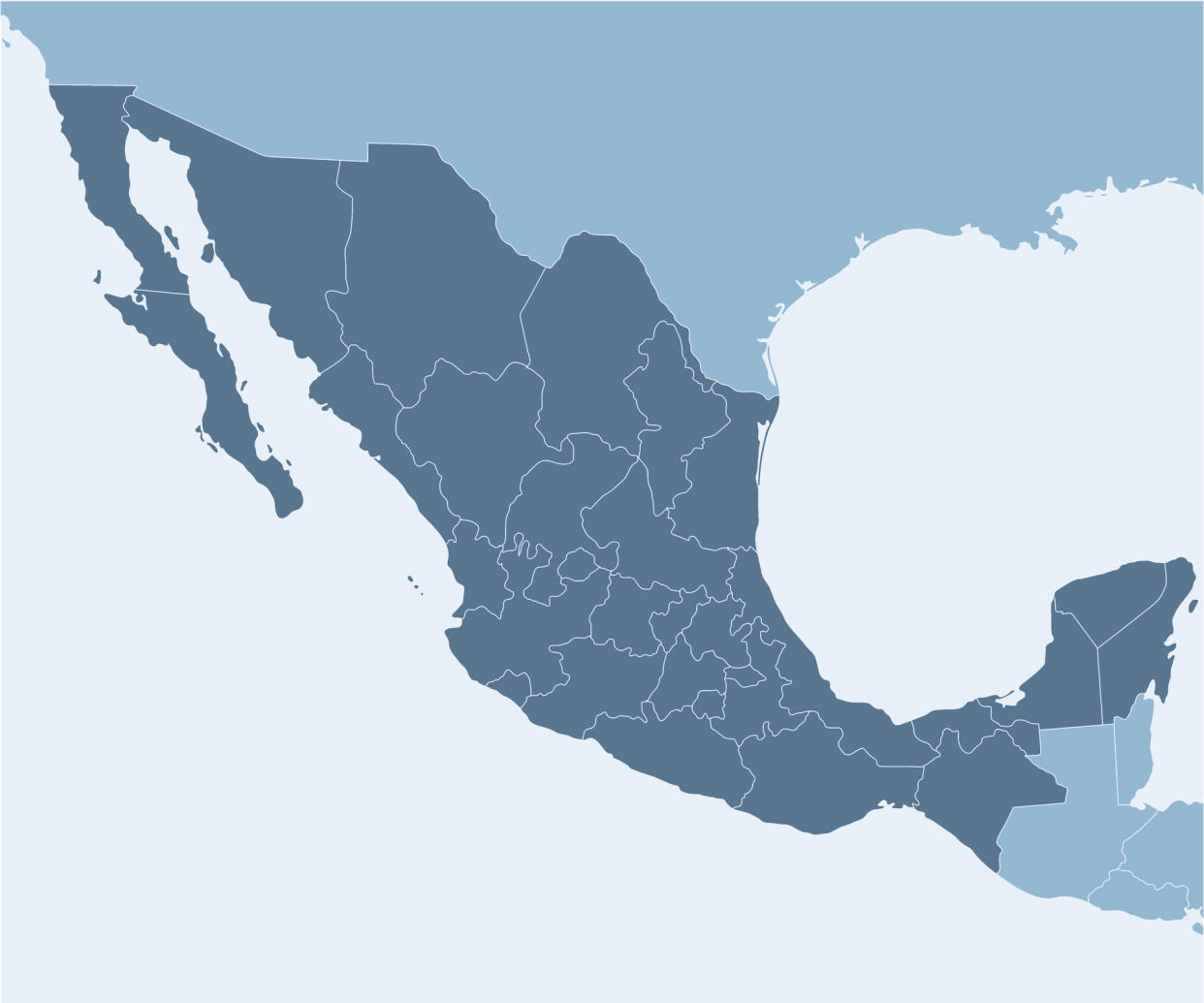Mexico’s Oldest Black Community Fights To Preserve Its Historic Land As Climate Change Poses Major Threat

Mexico‘s oldest Black community is fighting to preserve its historic land. Costa Chica, the 250-mile land located along the Pacific Ocean, is home to more Afro-Mexicans than anywhere else in the nation.
In recent years, however, climate change has been making life difficult for the residents of Costa Chica. The historic region is now facing drought, which is causing cracks in the land and weakening the foundations of the village homes built from mud and sand.
The homes were first built in the 16th century by African slaves who were brought to the area by Spanish conquerors. Some of the slaves escaped at that time and settled in the village of Tecoyame, located near the coast where slave ships landed.
Mama “Cointa” Chavez Velazco, who recently celebrated her 101st birthday, has lived in the village of Tecoyame, Oaxaca almost all her life. Her son Don Amado fears that her home may not be around for long.
“Our home is the last of its kind here,” Amado told Al Jazeera. “There is no support to help us, no money to maintain it as the climate becomes more extreme and threatens us more.”
He added, “We are forgotten.”
Mama Cointa’s iconic Costa Chica house is known as “El Redondo.” Victor Guzman, a local historian, said the house holds a significant meaning.
“El Redondo in Tecoyame is a symbol of the important African heritage here, just like food, dance, and music also are,” he told Al Jazeera. “They are tangible examples of the history, suffering, development and identity of Afro-Mexicans.”
Guzman lives in Cuajinicuilapa, the Costa Chica city also known as “Black Pearl.” The vibrant city is known for its strong culinary culture, inspired by African staples and Indigenous cooking. The region is also famous for cultural dances and fishing. Due to problems caused by politics and geography, residents are now worried about the lack of resources they need to preserve their land heritage. Abad Campos Rodriguez, a popular dance teacher in the region, said he is worried about the future.
“I have performed and taught the Danza de los Diablos to hundreds of children, but I can only continue for a couple more years as I’m getting old,” Rodriguez told Al Jazeera. “There are not many teachers left here. I worry it won’t continue to the next generation.”
Mama Cointa’s family also continues to worry as the climate poses several challenges, including making it difficult for them to harvest fruit and vegetables.

